I am going to need some more time to get back to cooking regularly as our kitchen is still a work in progress AND I am still trying to figure out the lighting for my photos. That is probably the hardest part of being a food blogger who moves a lot, ha!
It looks like we are leaning towards a slight kitchen remodel and need to put in our hardwood floors, but it’s going to be slow going as we will try to do a lot of it ourselves. Bear with me for being a sporadic blogger for a little while longer.
Today, we are going to talk about how to reduce the toxins in your environment. I’ve been reading up on this subject. After all, toxins affect all of us and can be dangerous to the human body. Our bodies carry quite a burden in our day to day living from the air we breathe, the water we drink and bathe in, the food we consume and more. This is not an all encompassing discussion but rather a few things I’d like to start with. There will be a part two, possibly three, on this discussion as there are simply too much to talk about in one post!
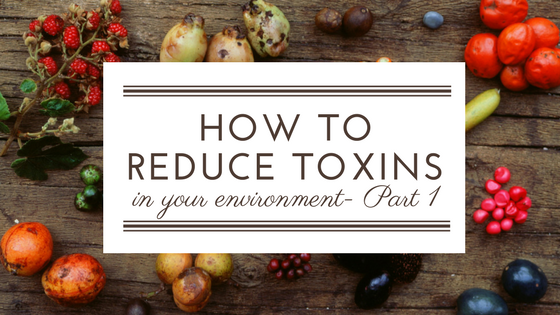
Just to give you a brief update on what we are talking about here- toxins include heavy metals (like lead, arsenic, mercury), mycotoxins (poisons released from types of molds) and all the industrial chemicals (used in just about every industrially manufactured item…there are hundreds of thousands).
I read about a remarkable study from the Environmental Working Group (2003) where they tested the body burden by average Americans. The downfall of the study was it’s sample size. Nine people. Not a lot by any means but apparently it costs a fortune to do this kind of testing hence the limited sample size. Nine people living in various parts of the United States were tested for 210 different substances. In each person’s body was an average of 91 industrial chemicals, heavy metals or other significant toxins, including PCBs, commonly used in insecticides, dioxin, mercury, benzene and cadmium.
There were ordinary people like you and me who probably assumed there was no issue. Many of those found in the body are known to suppress the immune system and are linked to serious health problems. If you work in place that involves chemicals or the area you live in is polluted, you are at higher risk.
Since then there have been much larger studies done, such as in 2004 by the Centers for Disease Control and Prevention and they found similar evidence. There are likely many other chemicals that they weren’t even testing for that we carry around in our bodies. Scary!
We have seen the rates of chronic illnesses and cancer skyrocket over the years. We have allergy, asthma and autoimmune epidemics!
Nearly a hundred thousand chemicals are out there in our environment, most are toxic and they are finding ways into our bodies.
We are going to talk about two things you can do today to reduce your toxic load. Because the toxins can pollute the air, water, soil, many of them end up in the food chain. So let’s start with doing these two things:
Eat high quality food
Buy organic when you can, look for grass fed, pasture-raised meats. Cook and store your food in non toxic ways. Support local farmers markets which typically sell locally grown foods. It’s challenging to buy all organic so with regards to fruits and vegetables check the Environmental Working Group and look at their lists for the Dirty Dozen which lists which fruits and vegetables are likely to be contaminated with pesticides, plus the Clean Fifteen, which tend to be safer choices. Print it off so you can have it and remember it does change.

People that consume more pesticides have higher rates of autoimmune conditions. Unfortunately washing fruit and vegetables doesn’t rid fruits and veggies of all the pesticides as they are grown into them, not just surface deep. Of course, it helps but make sure to check out that dirty dozen list and start there.
If you are a meat eater, organic, pasture-raised meats should be your priority as animals are at the top of the food chain, therefore have a higher amount of toxins and heavy metals.
Reduce plastics
Everything comes wrapped in plastics these days and this affects our toxic burden. Lighten your toxic load, by looking at what changes you can make. From what I’ve read BPA-free plastics are still concern after many forms of plastic products have been tested- such as Styrofoam, plastic wrap, plastic containers, syringes and more and it’s been found that 72% of them released a significant amount of estrogen-mimicking toxins into the food, medications or personal-care products they contain.
The best thing to do at this point is switch over to as much glass and stainless steel as you can. Please avoid those plastic water bottles, juice bottles, soda bottles, etc.
This one is easier than you think, but it comes with a small price tag. There are tons of brands for stainless steel or silicone options, but some of our favorites include Hydro Flask for our drinks. This here is one of our favorite ones, we have several which are great for on-the-go hydration…..and they just sent me this vacuum insulated tumbler with lid to review which will be perfect for my hot or cold drinks like ice tea.
There is also a Yeti knockoff I buy from Walmart that is also amazing, but it’s not as portable as the Hydro Flask. Check out their products here.
For straws, check out these style for a standard size option, these are nice for the larger Yeti size cup because they are extra long and these straws for a wider option, better for smoothies. They are affordable, you are helping the environment, your health and your wallet in the long run.
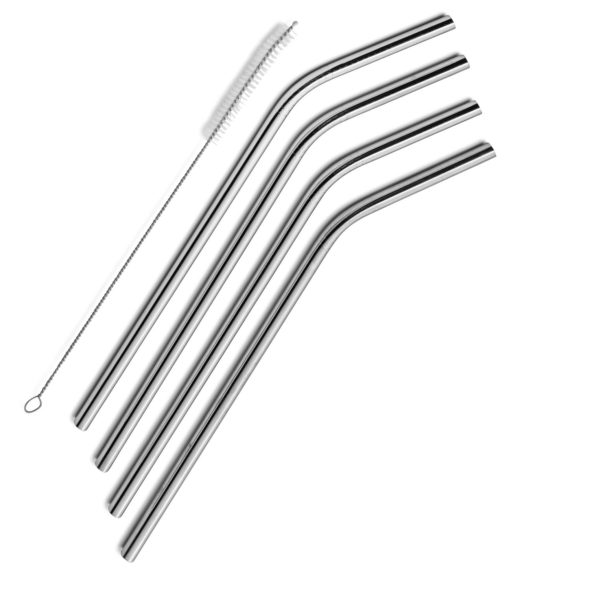
These lunch bags are great as they are sealed shut for fresh food options. Unlike plastic bags, Stasher bags contain no petroleum, no PVC, and no latex. I have bought many reusable bags over the years but not all of them seal shut which makes the food, like crackers, go stale very quickly.
For lunch bento boxes, I have heard wonderful things about Planet Boxes which you can buy here (and that includes the carrying case).
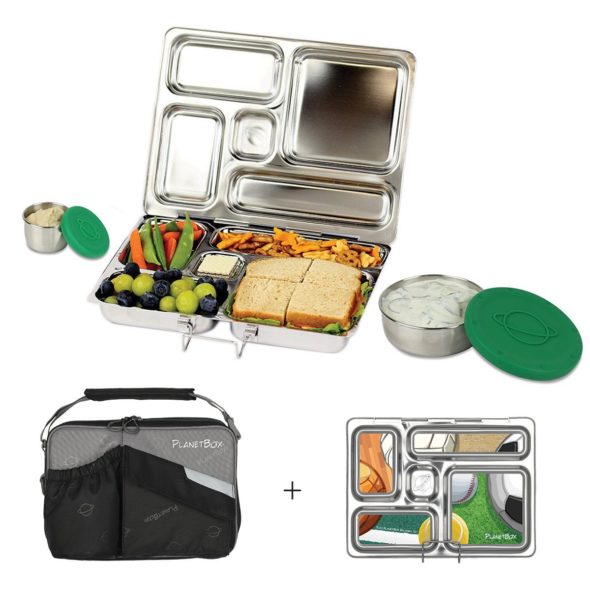
and this Lunch Bot bento box got good reviews too and costs less than the Planet Box, but they main draw back seems to be that the compartments are not completely sealed, therefore not ideal for any wet food. This one is one has less, yet slightly larger compartments.
I am throwing out our plastic bowls and since I can’t do glass yet for my little ones, I am going to buy these for Cub bowls for snacks and this larger ones for cereal.
How many of you rely on those plastic baggies to pack lunch? I would love to never have to buy them again and slowly, year by year, we are decreasing them. This is a great silicone bag, you can find it here. I have bought many reusable food bag over the year and none of them sealed well enough to prevent the food from going stale. I love these!
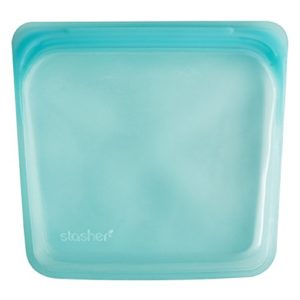
For glass, I love the good ‘ol pyrex bowls that you can buy just about anywhere.
Hope this helps you get started without being too overwhelming. There is so much more to write about this subject and things I am still learning about, non-nutrionally speaking, however for now let’s focus on phasing out the plastic in our home and eating a cleaner diet.
[Tweet “How To Reduce Toxins In Your Environment- Part 1 via @nutiritouseats”]
And before I go I want to say congratulations to Chrissy who won the NOW Foods giveaway! Thanks to all who entered.
References:
http://www.ewg.org/sites/bodyburden1/newsrelease.php
https://www.ewg.org/foodnews/
http://www.ewg.org/sites/bodyburden1/cdc_comparison.php
Please note these are affiliate links and I did receive a free Hydroflask cup. I was not paid to write this or recommend these products, which are some of my favorites.

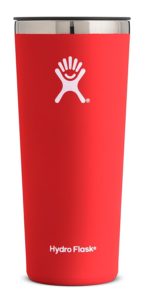
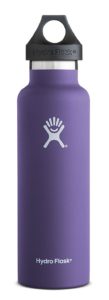
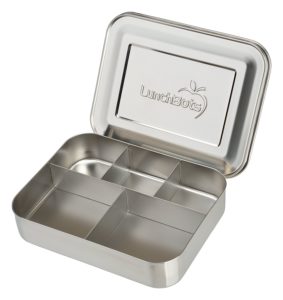
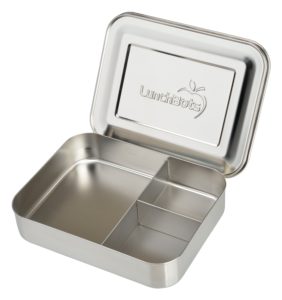
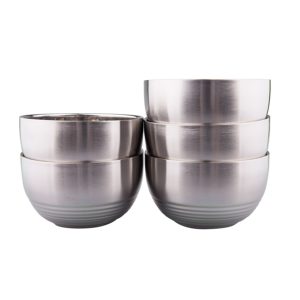
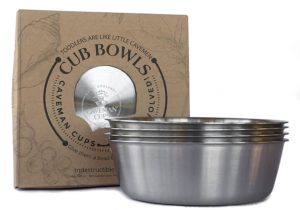
 Meal Prep 101
Meal Prep 101 DIY Salt Scrub + 5 Ways To Use Carrier Oils
DIY Salt Scrub + 5 Ways To Use Carrier Oils Blueberry Smoothie Breakfast Bowl
Blueberry Smoothie Breakfast Bowl 10 Healthy Foods You Should Be Eating This Summer
10 Healthy Foods You Should Be Eating This Summer
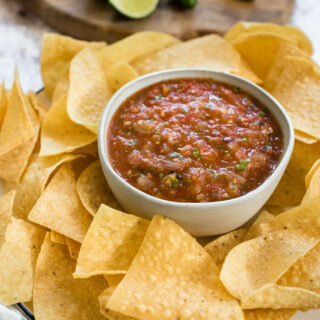
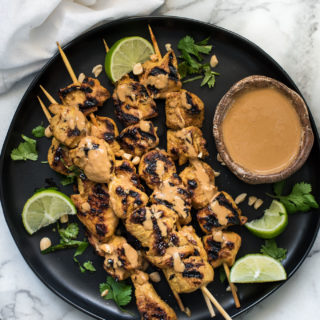
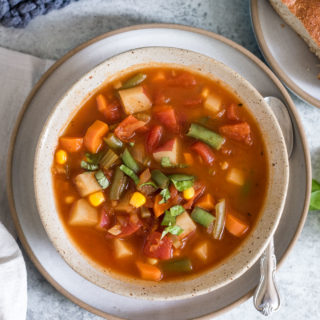
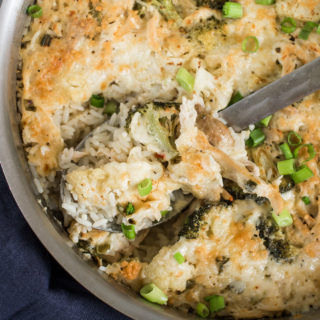
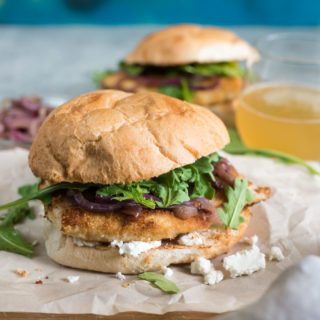

Leave a Reply